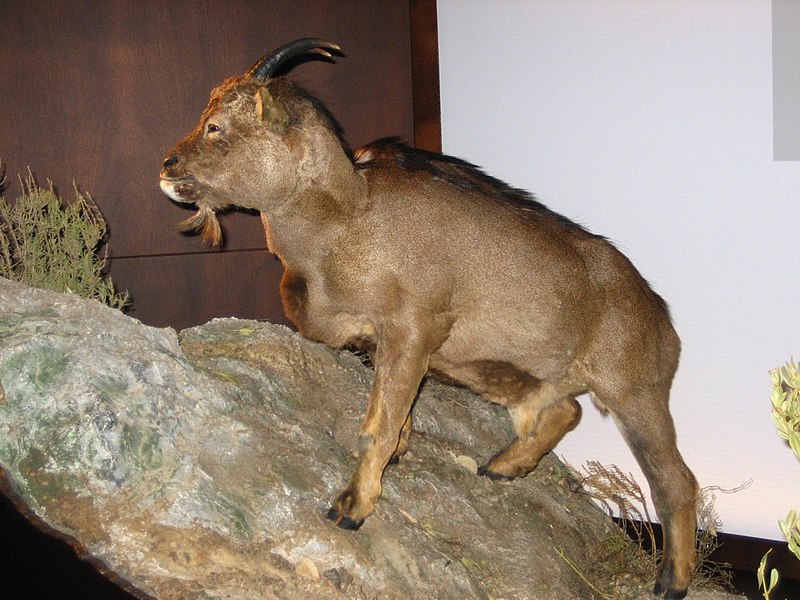Islands seem to have own rules concerning evolution, forming unusual animals like dwarfing elephants and gigantic rats. But islands are in fact unusual habitats with limited resources and so available energy. To survive special adaptations are necessary to economize this energy. Ectotherm vertebrates, like reptiles, are specialists in coping with low levels of available energy, but doing so these animals display an inconstant growth - with times of low or ceasing growth when conditions are unfavourable. Endotherm animals, like mammals have high and steady growth rates, but the necessity of constant food - energy - input, on a confined island a possible problem. But the Pliocene-Pleistocene "cave goat" or "Mouse-goat" Myotragus balearicus after a new study by Köhler & Moyá seems to have combined the best parts of being reptile and mammal together.
Studying fossil material of this extinct species, the researchers have noted in bone transects cyclic LAGs - lines of arrested growth. This pattern was until now unknown in mammal bones, even if single lines were known in cervids, the physiology of Myotragus seems to have used this strategy repeatedly. Myotragus grew at slow and variable rates; growth could also be arrested completely to save precious energy. With this strategy the species managed to survive on the resource poor island of Majorca for more then 5,2 million years, until humans colonized the island, and, like many times before and after, forced the species to extinction.






Keine Kommentare:
Kommentar veröffentlichen